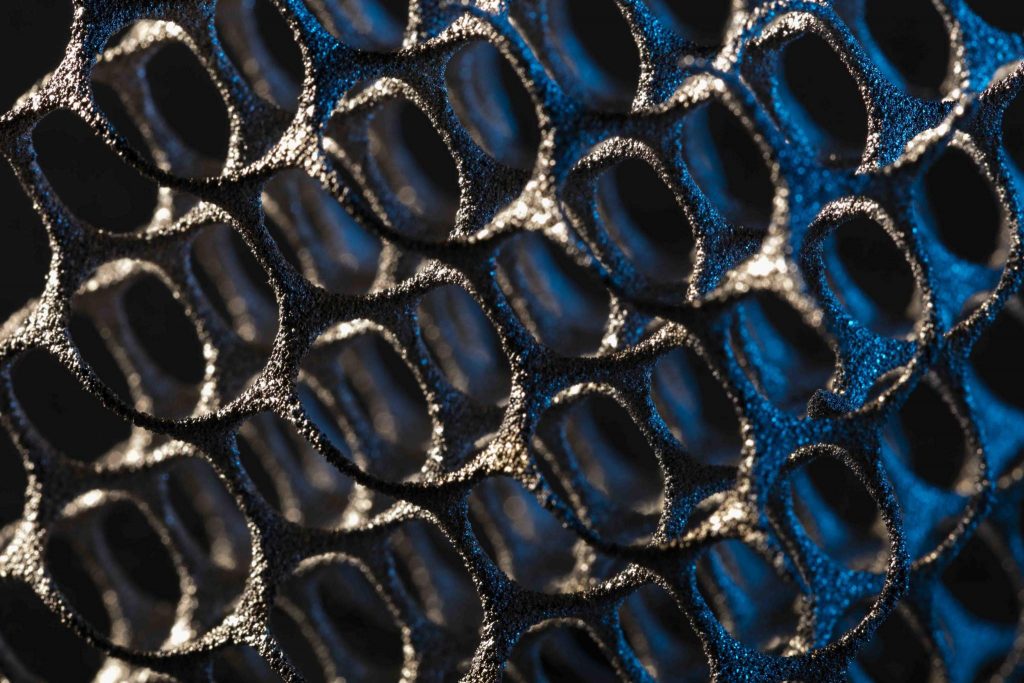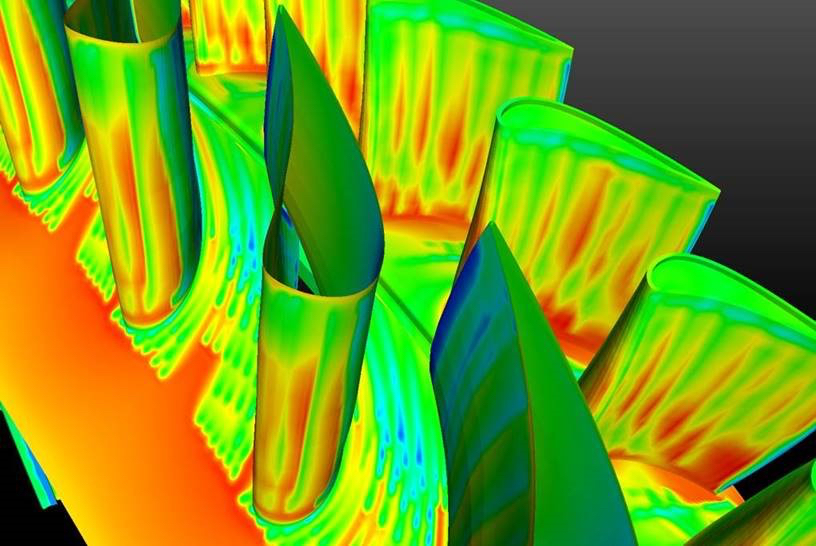Since acquiring majority stakes in Arcam and Concept Laser with the industry’s biggest deal to date, GE has become a driver for the development of world leading metal 3D printing technologies.
In the latest move from GE Global Research, Senior Additive Technology Platform Leader Waseem Faidi advocates a strategy for faster additive manufacturing machines, integrating a multidisciplinary team of scientists at GE labs in Niskayuna, New York and Munich, Germany.

Going beyond what is possible today
In theory, installing stronger lasers inside additive manufacturing machines would be the simplest way of speeding up the 3D printing process. Realistically though, the process is much more complicated than that.
Laser temperature, humidity, metal particle size and ambient gas flow are all variables that contribute to the productive outcome of a metal 3D printer.
“The question with 3D metal printers”, explains Faidi, “is how can I control gas flows in such a way that allows us to scale up the power of the lasers in the machine beyond what is possible today?”

A lightbulb moment
To determine the required gas flow control, Faidi has enlisted the help of GE experts in the departments of Aero and Computational Fluid Dynamics (CFD).
Marshall Jones, Coolidge Fellow at GE Global Research, is one of the team members. Recently inducted into the National Inventors Hall of Fame, Jones’ research has led to the development of a method for rapidly welding similar metals. With this Jones also created a way of making lead wires that are now used inside lightbulbs, and utilized in products by Ford and Lockheed Martin.
Digital simulation and high speed imaging will also undoubteldy be a part of the process, as researchers will need to investigate the way metal feedstock flows when melted.

The spatter effect
One of the leading discoveries in gas flow metrology for 3D printing to date was made by a team of researchers at Lawrence Livermore National Laboratory (LLNL).
Using high speed cameras and computational simulation, the LLNL team were able to discern that gas flow is responsible for the “spatter” phenomenon inside the 3D printer build chambers.
Subject to the Bernoulli Effect of fluid dynamics, such principles may also be integral to GE’s interdisciplinary laser study.
For all the latest additive manufacturing news sign up to the 3D Printing Industry newsletter. Find us on Facebook and Twitter, and get in early on our 3D printing jobs site.
Featured image: Metal power melting. Photo via GE Additive



